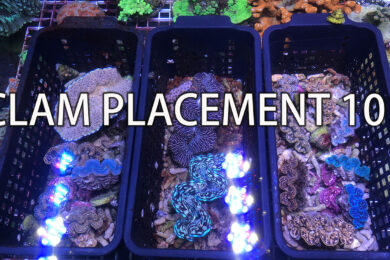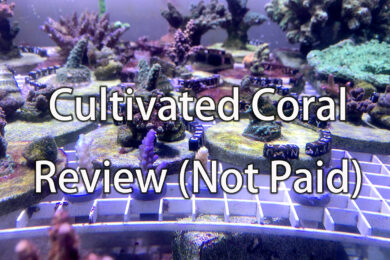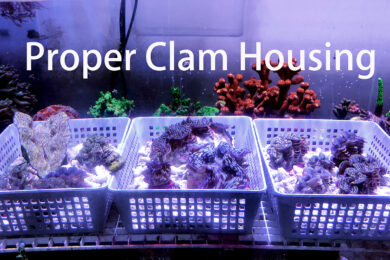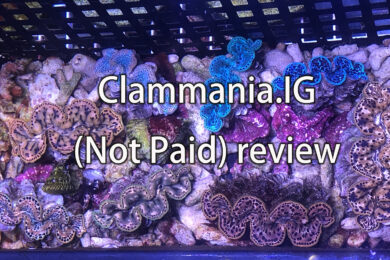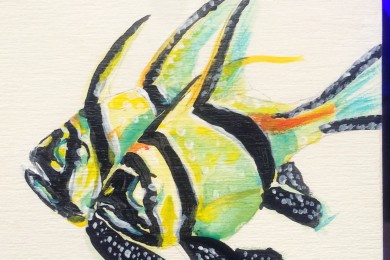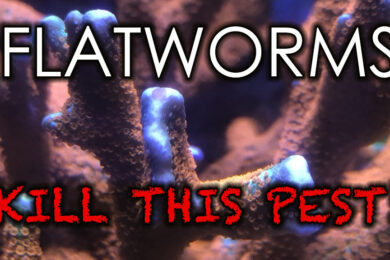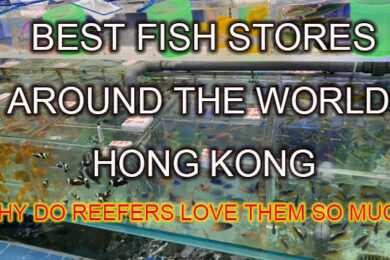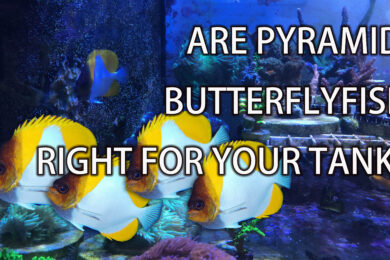Macro-algae, it’s actually kind of a cool word!
So we hear a LOT about macro algae, just what’s the big deal?
Well, algae, to be specific, phytoplankton is the most abundant living creature in the world. It basically is responsible for sustaining the entire marine eco-system, in term, sustain the entire world’s life. Phytoplankton is mono cellular and thus are known as micro algae.
in contrast, algae that forms sustainable size are known as macro algae; or commonly known as seaweed
Seaweed comes in more species than anyone realize as it is grown in ALL coastal areas around the world in all climates. Because it is fast growing, richly nutritious, and easily accessible, it is also a major food source for creatures both aquatic and terrestrial- including human.
Also because it is fast growing, it has the ability to absorb excessive nutrient and waste from the surrounding water, acting as a filter or water purification machine for the coastal area. And because of its complex texture and formation, it can be a safe haven for many creatures to take refuge.
Some of the most commonly known macro algae in the marine aquarium trade are chaetomorpha, caulerpa sp, and gracilaria sp. I have experience of housing one or more species of them (including all of the above) at one point or another. While chaetomorpha is fast growing and easy to arrange since it does not root, it isn’t very visually pleasing. Caulerpa and gracilaria are relatively cute but they can root in both rock and sand, and become quite a pest once they begin to grow like wildfire in the refugium. So I began to look for inexpensive, easy to maintain, fast growing, yet visually pleasing substitute: I found the red cryptonemia.
When housed in a tight space, this plan will continue to grow at a fast rate but form a tight clump. As soon as you provide more room, it will then loosen up and being to expand. It does not root so they are very easy to deal with when you need to remove excessive growth or to separate them for propagation. And lastly, they have this bright red color that’s just unique from most other commonly available species.

